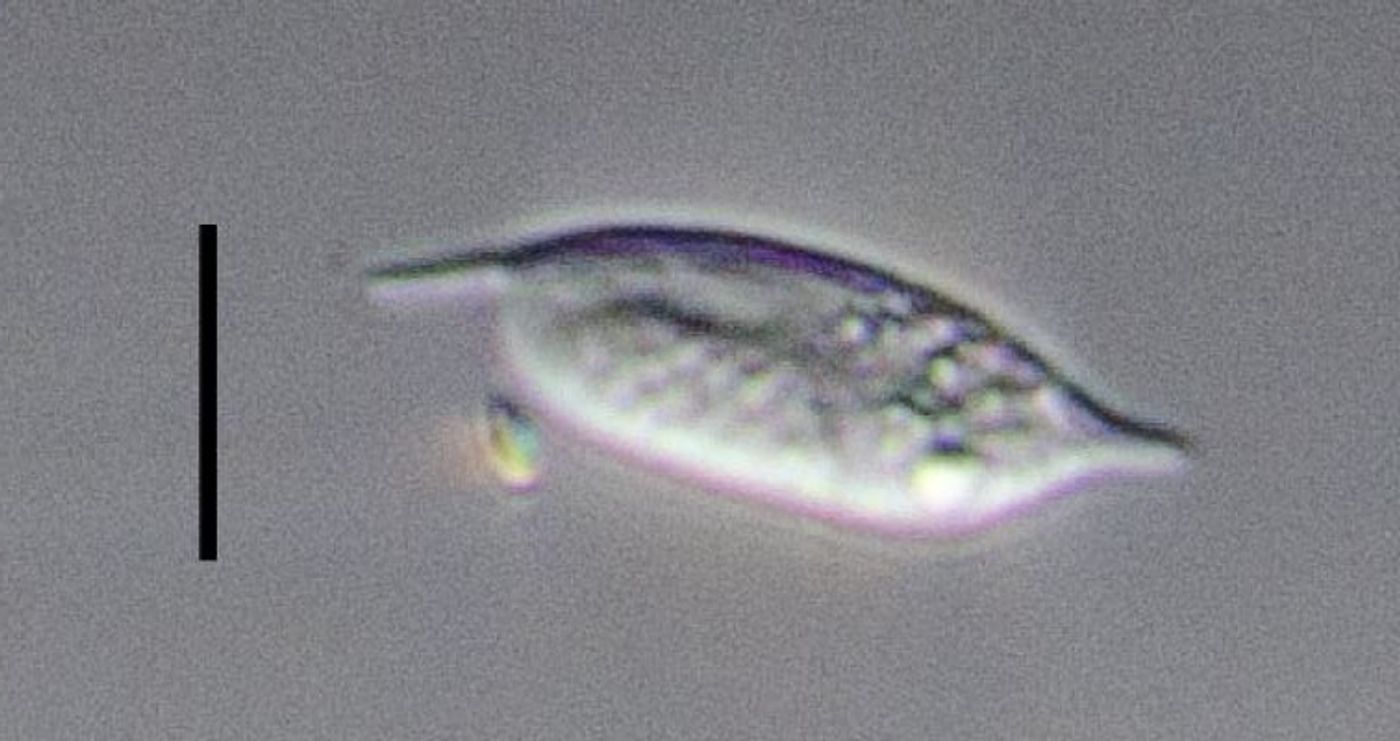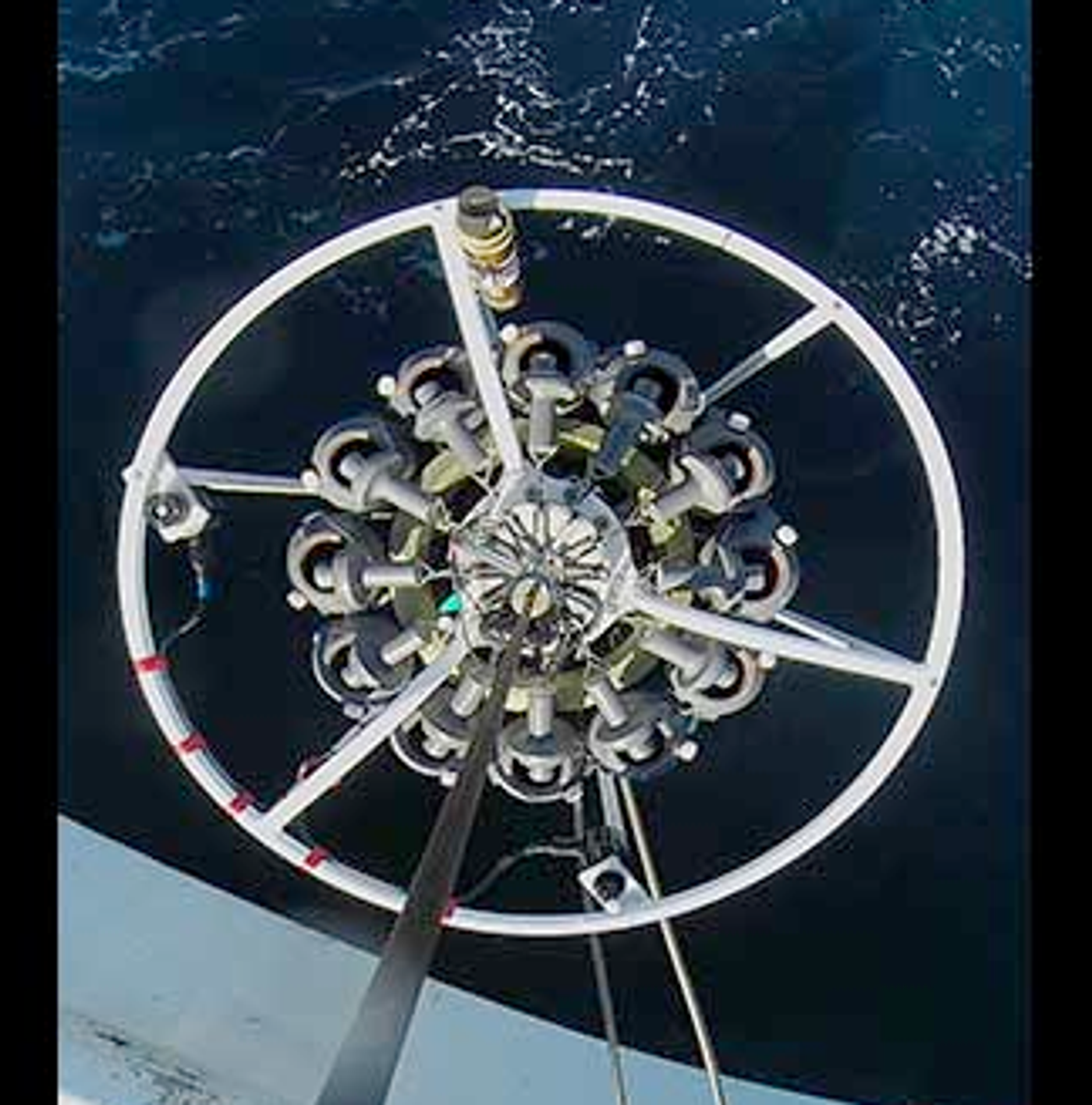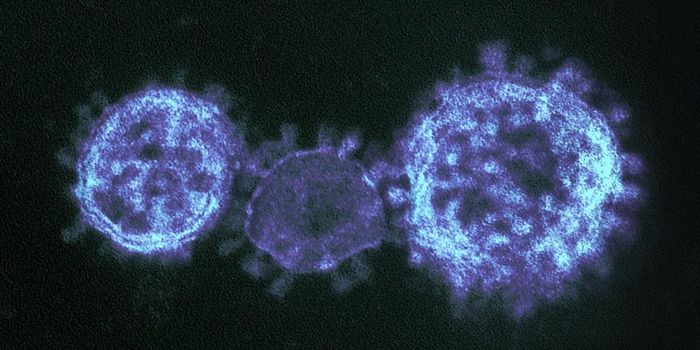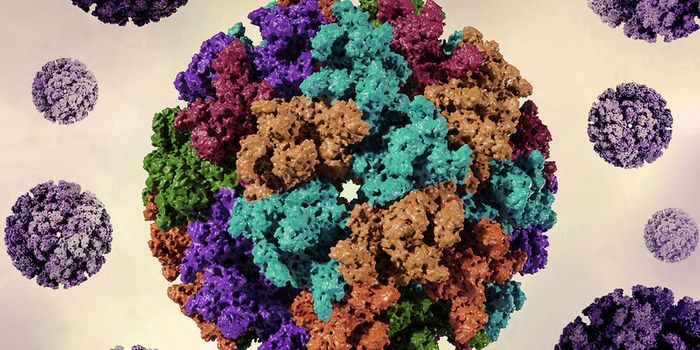Diplonemids are tiny, single celled organisms that are members of the protozoa kingdom, and were basically ignored by the scientific research community until research revealed more about them. A recent investigation of marine life indicated that they are the most abundant of all protozoa in the ocean. Although that group excludes viruses and bacteria, it still makes for the largest group of single-celled hunters in the seas. They had never been directly observed, until a research team from the University of British Columbia (UBC) and the Canadian Institute for Advanced Research (CIFAR) took to the field and was able to see them for the first time, and give us our first glimpse.

"When a microbe is so abundant, it probably plays a very important role in the ecosystem," explained Patrick Keeling, a Professor of Botany at UBC and the Director of the Integrated Microbial Biodiversity program at CIFAR. "The microbial world is one of the last frontiers of exploration on our planet, and we're using microscopes together with genomics to learn as much as possible about this invisible life."
The research team left from the Monterey Bay Aquarium Research Institute in California and journeyed to a well-characterized area of the ocean that is known as Line 67; this region is deep but has few nutrients. There, the investigators took samples from deep water, photographing the unicellular organisms contained within and using genetic technologies to sequence the genomes of those microbes. They have published thi findings in the journal
Current Biology.
"It's like discovering lions after having only seen gazelles, antelopes and zebras for so many years," said Keeling.
It was determined that these abundant protozoa, diplonemids, that are a diverse array of different species of varying shapes and sizes. Diplonemids were found to hunt bigger algae as well as bacteria.
They have large genomes that are abundant in regions that are known as introns. These areas do not code for protein, and likely have roles that are still unknown, possibly in gene regulation. Not only are introns already not well understood, the introns of diplonemids are unique, and they seem to have mobility. They behave in a way that is similar to how a virus attacks a host cell. The researchers note in their publication that this does not bode well for future studies and models of the genomic features of this organism.
In order to find out more about how these organisms work and what influence they have in the maintainance of marine ecosystems, the next steps will involve determining how diplonemids can be kept alive in a lab, "which will now be a lot easier since we know what they look like," said Keeling.
Sources:
AAAS/Eurekalert! via
University of British Columbia,
Current Biology










